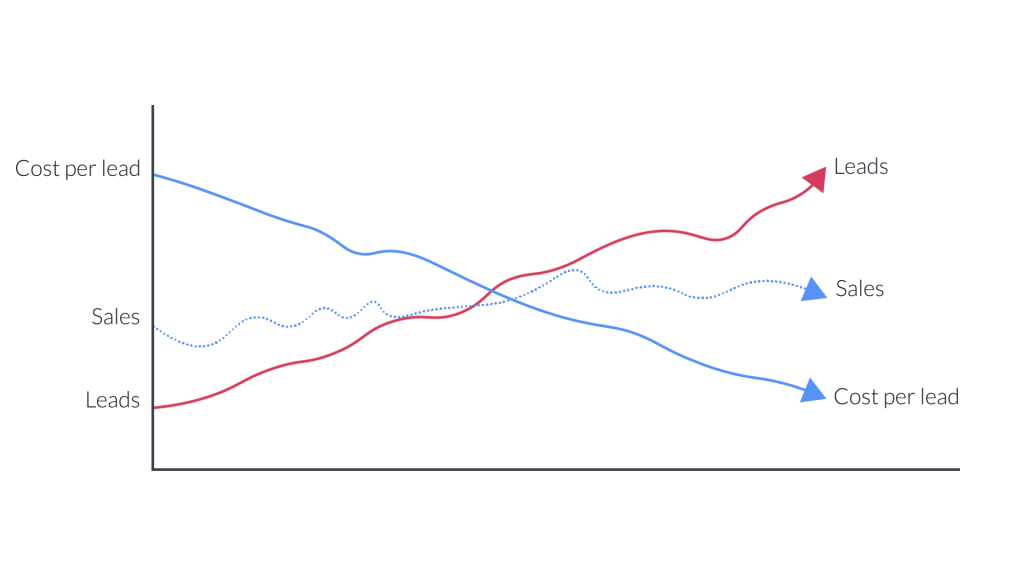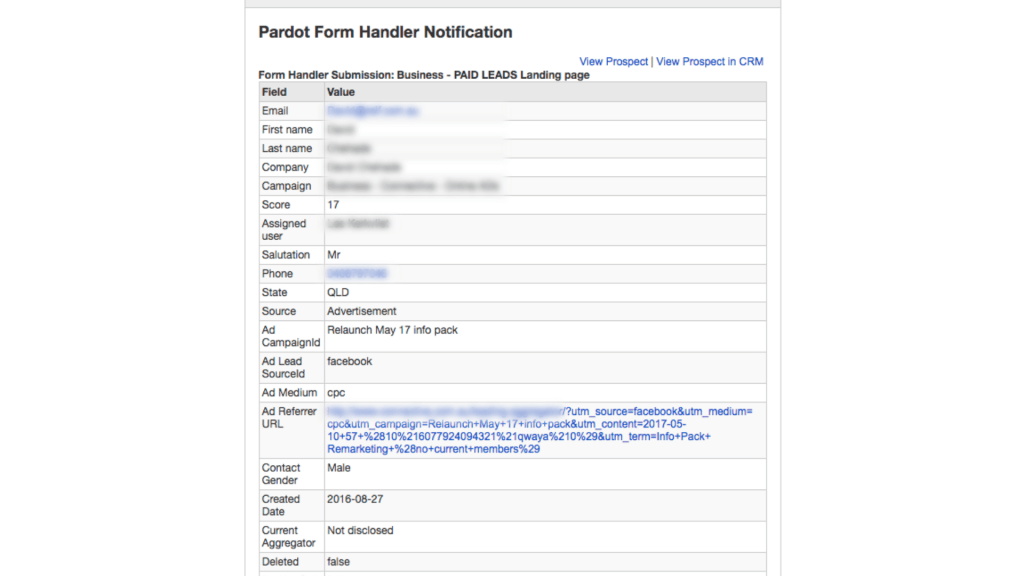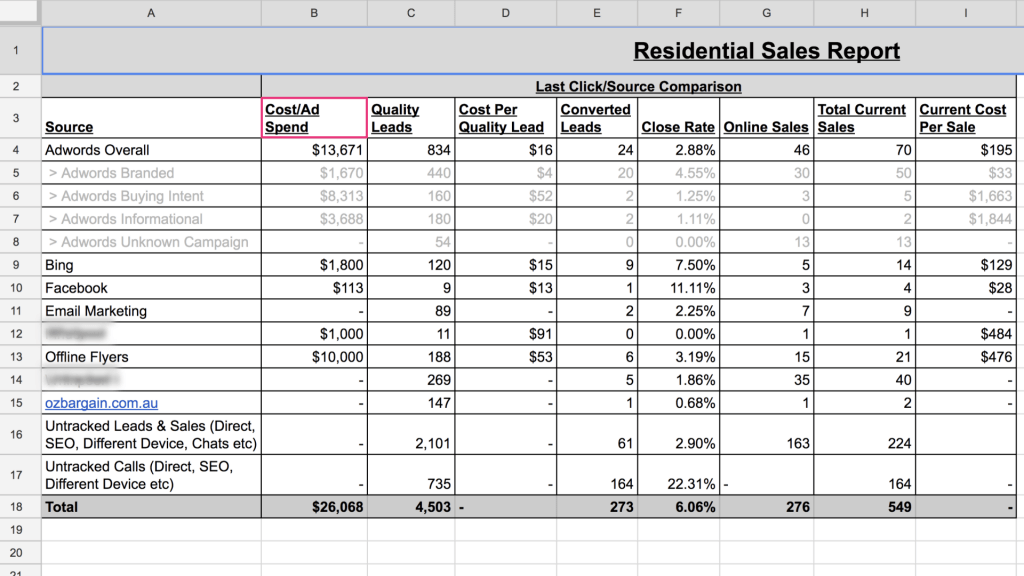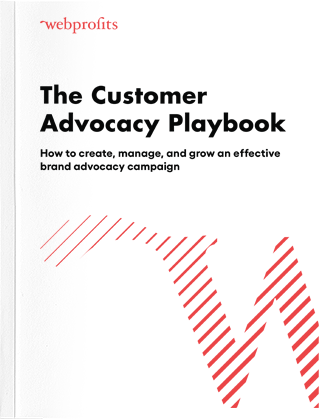How to optimise for lead quality
Transcript
Hi I’m Duncan Jones from digital marketing agency Webprofits and I lead our multi-channel Fluid Marketing service.
Today I’m going to talk about the one mistake that most companies generating leads are making, which if fixed could supercharge their results.
When you’re generating leads online you generally setup conversion tracking and then you measure and optimise every campaign you’re running.
Over time you’ll then cut the poor performing campaigns and allocate your budgets to the channels that deliver the lowest cost per conversion.
This results in your cost per lead decreasing month on month, which is great, but there’s one element that a lot of companies are missing when running campaigns in this way, and that’s lead quality.
If you’re not tracking the quality of your leads correctly then over time you could be optimising for lower quality leads, this will look great in terms of cost per lead and volume, but ultimately they will not convert into sales and waste a lot of your team’s time.

The good news is it’s a relatively simple issue to solve and one which will make a big impact to your results long term.
All you need to do is start tracking where each individual lead has come from.
This could be either the first channel they came from or the last depending on which attribution model you’re most comfortable with.
To set this up, firstly make sure you’re tracking the source, the medium, campaign, referrer and any other data you find useful for each campaign you’re running.
You’ll then need to work with your developer and modify your website and store all of this data into a cookie.
Then once a prospect fills out your form you simply push the data into your CRM system or into the lead email which is sent.

Once you’re receiving the data your sales team should then mark down which leads are good or which are bad as they come in.
You can then compile everything into a report, which will show each source and how many good and bad leads they generated.

With the report that you’ve created you will then be able to see what your “cost per quality lead” is for each campaign.
This will allow you to optimise and improve the number of quality leads you’re getting and not just the overall volume.
Over time you’ll see less leads and a you’ll have a higher cost per conversion, but your sales team will have more time to spend on the best leads, will stop complaining about lead quality and overall you’ll close more sales.
Once you have the basics setup you could then extend this further and score your leads out of ten so that you give more weighting to the best leads.
You could also optimise based on sales using this same method if you have a short enough lead time.
Like all types of tracking this won’t give you perfect data and cross-device issues and problems tracking Direct and SEO accurately will occur, but the more data you have the more accurately you can make decisions so its well worth setting up.
That’s it for now, thanks for watching.













Awesome post. Thank your for sharing such a nice article.